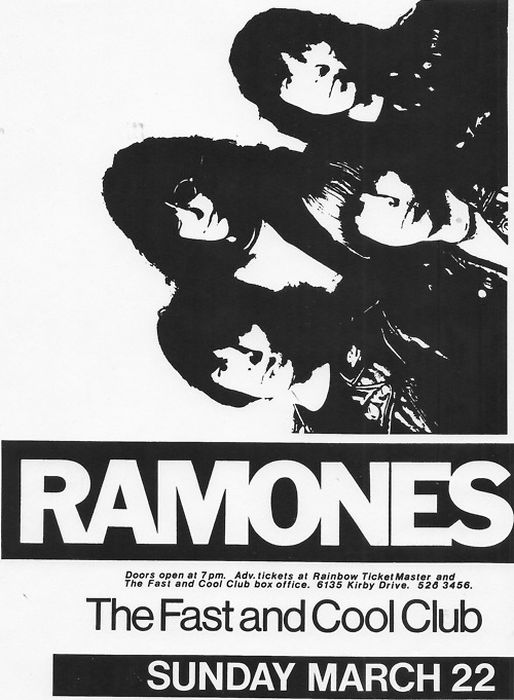Punk aesthetic deals heavily with the pervasiveness and anger of punk culture, as punk culture sought to own themselves, their clothing, and their attitudes as separate from the state.
As illustrated through the book "Bringing Down the Haus," every part of punk aesthetic had a purpose, even if the purpose was for it not to have one. The power of each piece was used to show that anything including safety pins could be used as clothing, that clothing could fall apart and still be worn.
The masses, who were primarily more right wing, expressed heavy distaste towards these performers, where in Germany many punks were placed on watchlists and viewed as people who could wreck both government and rule.
Similar sentiments existed in the United States, especially because punk followed the Vietnam War as an edgier offshoot of the counterculture at the time. Reactive because of American distaste within the government and its involvement in the war. Flower children, aware of their somewhat effective methods of protest, like sit-ins, slowly turned into punks as time went on, while others went back to normalcy.
The relationship between the audience and the artist is meant to be participatory, that art is temporary so people were allowed to take and make banners and flyers because it showed communication, that the artists were on equal ground with the audience. The power and relationships between the masses and the artists are similar to the relationships between spectators and their gaze because each relies on the interactions on both ends, there must be a person to watch and a person to create, which draws a following and slowly but surely creates a following based on punk aesthetic ideology.

